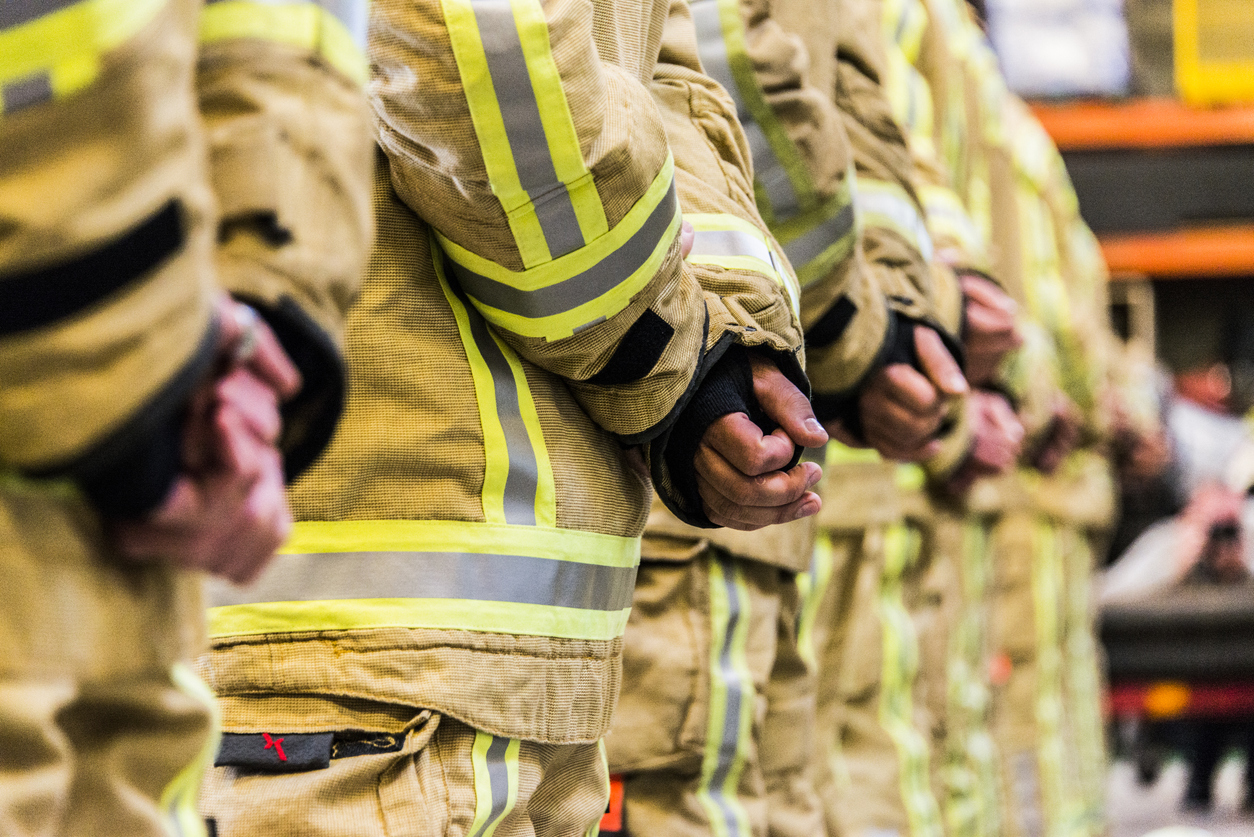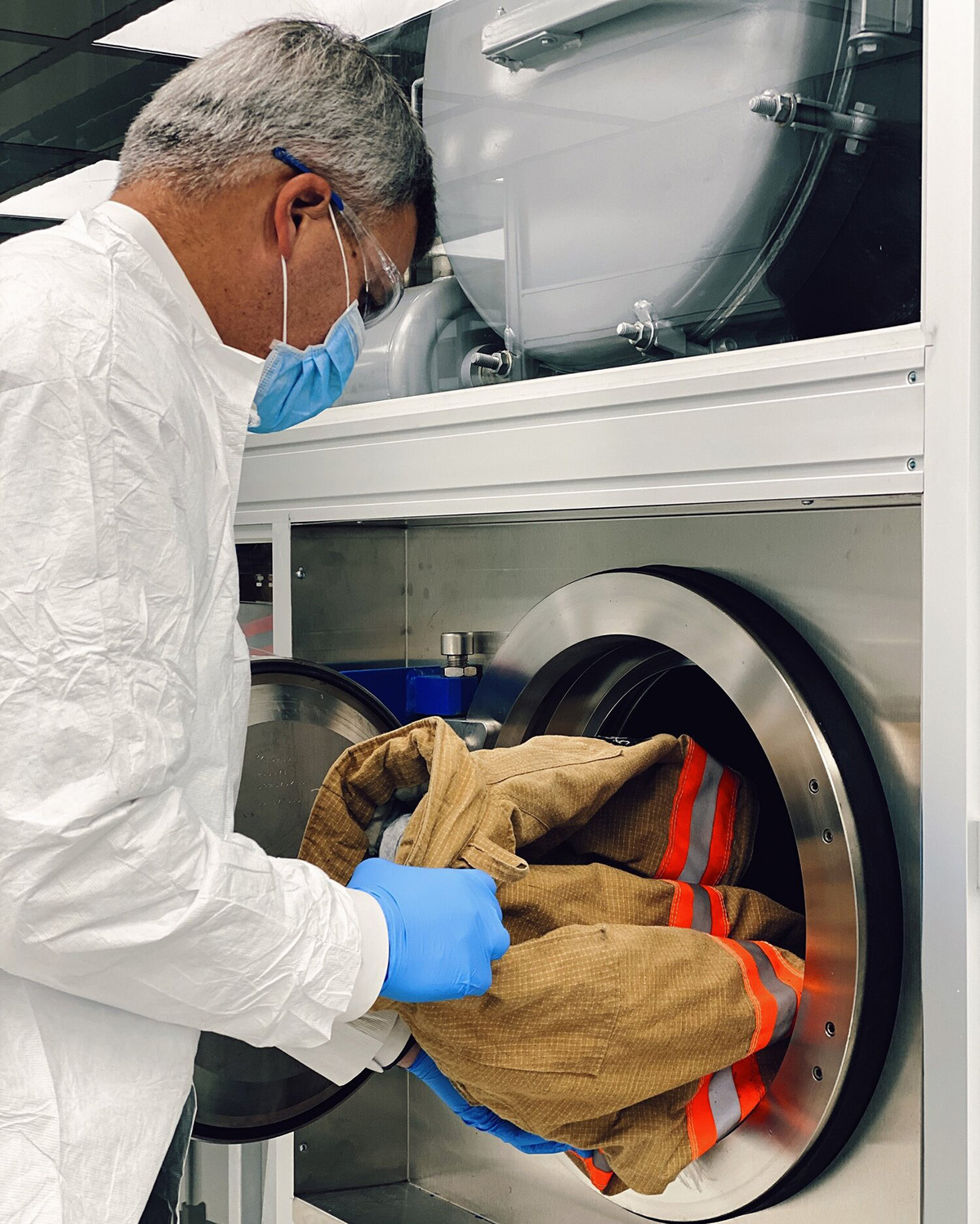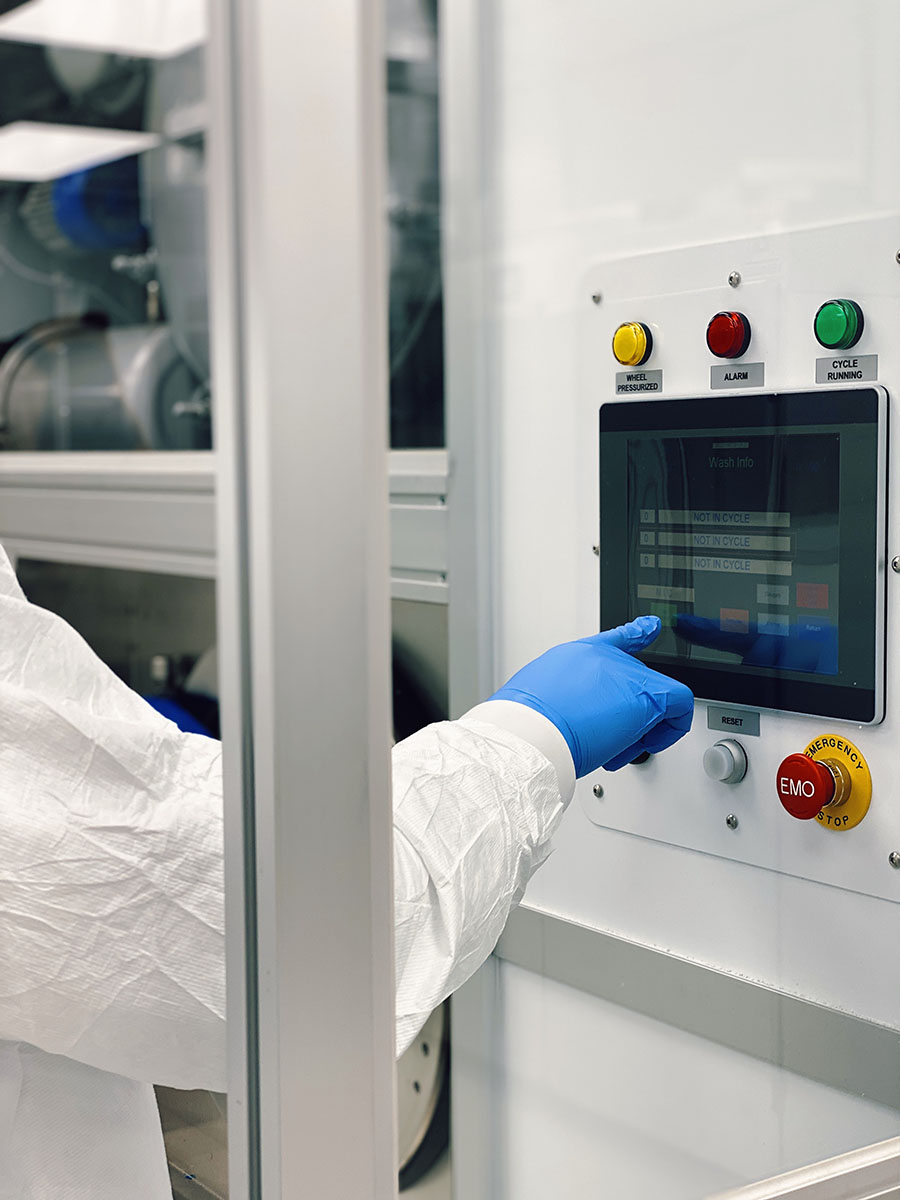By: Mike Duyck, President
Throughout my career, I found that professionals across the fire service share a few common goals. Unmoved at the very top of the list remains the health and safety of their people – the biggest asset to each organization. Come the end of each shift, our focus is that everyone returns safely home. The safety factors go beyond their physical whereabouts and what is seen by a quick glance. If you’ve been following along with our mission, you’re well aware of our attention and research on the presence and impact of firefighter occupational cancer. Initially undetected and hiding in the background of a firefighter’s job is the exposure to toxic elements. That’s why we’re here, helping decrease firefighters’ exposure to such carcinogens and keeping their protective equipment doing what they’re meant to: protecting firefighters.
Emphasizing the importance of this goal, the National Fire Protection Association (NFPA) provides a set of standards that dictate how protective gear should be selected, inspected, and maintained. One of the most crucial standards for fire departments across the U.S. is NFPA 1851. To fully understand the significance of this standard, we’ll take a closer look at what it is, why it exists, and how you can meet or exceed it.
What is the NFPA 1851 Standard?
The NFPA 1851 standard is a comprehensive set of guidelines that outline the requirements for selection, inspection, cleaning, repair, and maintenance of firefighter personal protective equipment (PPE). This standard ensures that PPE is fit for purpose, helping to reduce the risk of injury or death to firefighters. Here’s how the standard is broken up:
Program Organization/Records
- Departments must establish written procedures for managing PPE.
- Must keep a record of each item of PPE including maintenance, repair, inspection, and cleaning history.
- Establish a PPE inspection schedule and train personnel on how to perform inspections.
Gear Selection
- PPE must be designed and tested to meet the applicable standards, and be suitable for the hazards expected to be encountered by the firefighters.
- The department must establish a PPE selection and purchasing procedure.
Inspection
- Conduct regular inspections of PPE, which includes a visual inspection and verification of serviceability.
- Train personnel on inspection procedures and require documentation of inspections.
Cleaning
- PPE must be cleaned and decontaminated after each use or as needed.
- Follow the manufacturer’s instructions for cleaning and decontamination.
- Verify that cleaning and decontamination procedures meet the standard’s requirements.
Repair
- PPE must be repaired in accordance with the manufacturer’s instructions.
- Departments must establish a procedure for assessing whether to repair or replace PPE.
- Repair procedures must meet the standard’s requirements.
Why Is the NFPA 1851 Standard in Place?
Early in my career, before the creation of this NFPA standard, wearing dirty gear was a badge of honor. We didn’t know or understand the future implications of contamination from fires.
First published in 2001, the standard was developed in response to a growing awareness of the risks of firefighter exposure to toxic chemicals and carcinogens, which can be absorbed into the skin or inhaled through the respiratory system. Proper maintenance and cleaning of PPE is crucial for reducing exposure to these hazardous materials.
2020 Updates
Recognizing the standard needed to clearly identify cleaning performance and establish a process where analytical testing could be conducted to ensure decontamination levels were met, updates were made in 2020. Supplements were made to the definitions and requirements for inspecting and testing PPE components such as moisture barriers, thermal liners, and outer shells. Additionally, the updates included adjustments for recording-keeping, including the need to maintain electronic records.
Tips for Meeting or Exceeding NFPA 1851
To meet or exceed the NFPA 1851 standard, departments can take the following steps:
- Establish a program for managing PPE that includes written procedures, training, and documentation.
- Ensure that all PPE meets the applicable standards and is suitable for the hazards expected to be encountered.
- Conduct regular inspections of PPE and document the results.
- Follow the manufacturer’s instructions for cleaning and decontamination.
- Train personnel on PPE maintenance and repair procedures.
- Develop a system for assessing whether to repair or replace PPE.
Why Use ETD for Your PPE Gear Cleaning?
Compliance and peace of mind. ETD’s PPE gear cleaning services meet and exceed the requirements of the NFPA 1851 standard. Our team follows strict guidelines and procedures to ensure your gear is always up to date with the latest updates and changes to the standard.
At ETD, we take pride in our work and stand behind our services. Our team of professionals has years of experience in the cleaning and decontamination of firefighter PPE. With state-of-the-art technology and equipment, we take every precaution to ensure that your gear is thoroughly cleaned and decontaminated, giving you the peace of mind to focus on your job with confidence.
Moving Forward with NFPA 1851
NFPA 1851 is a critical standard that ensures the safety and protection of firefighters. ETD is a trusted provider of PPE gear cleaning and decontamination services, offering compliance with the standard, peace of mind, and expertise. With our convenient, hassle-free solution, you can be sure that your gear is always in top condition, ready to help you do your job safely and effectively.
Let’s keep the conversation going. Reach out to our team today to discuss the benefits of liquid CO2 cleaning and we can work together to help combat firefighter occupational cancer rates in your department.



